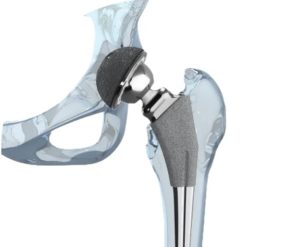A new report from the U.S. Centers for Disease Control and Prevention (CDC) has sobering news for parents – emergency department visits for traumatic brain injuries (TBIs) among children and adolescents arising from sports and recreation activities increased a whopping 60% during the last decade.
TBIs rose from 153,375 in 2001 to 248,418 in 2009, said the analysis in CDC′s Morbidity and Mortality Weekly Report. Bicycling, football, playground activities, basketball, and soccer were the primary sports involved, the study said.
“We believe that one reason for the increase in emergency department visits among children and adolescents may be a result of the growing awareness among parents and coaches, and the public as a whole, about the need for individuals with a suspected TBI to be seen by a health care professional,” said Linda C. Degutis, Dr.P.H., M.S.N., director of CDC′s National Center for Injury Prevention and Control.
During this eight–year period, approximately 173,285 children and adolescents (from birth to 19 years) were treated for non–fatal sports– and recreation–related TBIs each year in U.S. emergency departments.
The number of sports– and recreation–related TBI emergency department visits varied by age group and gender:
- 71.0 % of all visits were among males
- 70.5 % of visits were among persons aged 10–19 years
- Children from birth to 9 years commonly sustained injuries during playground activities or while bicycling
Data for those aged 10–19 years varied also by activity and gender. Injuries among males most often occurred while playing football or bicycling. Females sustained injuries most often while playing soccer or basketball or while bicycling.
Research indicates that young athletes with a TBI experience longer recovery times and are at greater risk of serious outcomes compared to adults. TBI symptoms may appear mild, but the injury can lead to significant life–long impairment affecting an individual′s memory, behavior, learning, and/or emotions. Appropriate diagnosis, management, and education are critical for helping young athletes with a TBI recover quickly and fully.
“While some research shows a child′s developing brain can be resilient, it is also known to be more vulnerable to the chemical changes that occur following a TBI,” said Richard C. Hunt, M.D., director of CDC′s Division for Injury Response. ?











Comments for this article are closed.